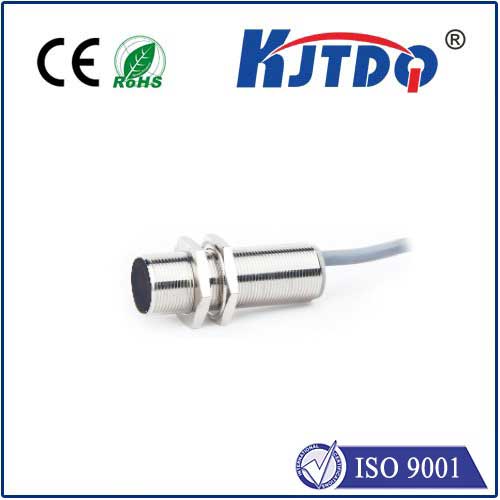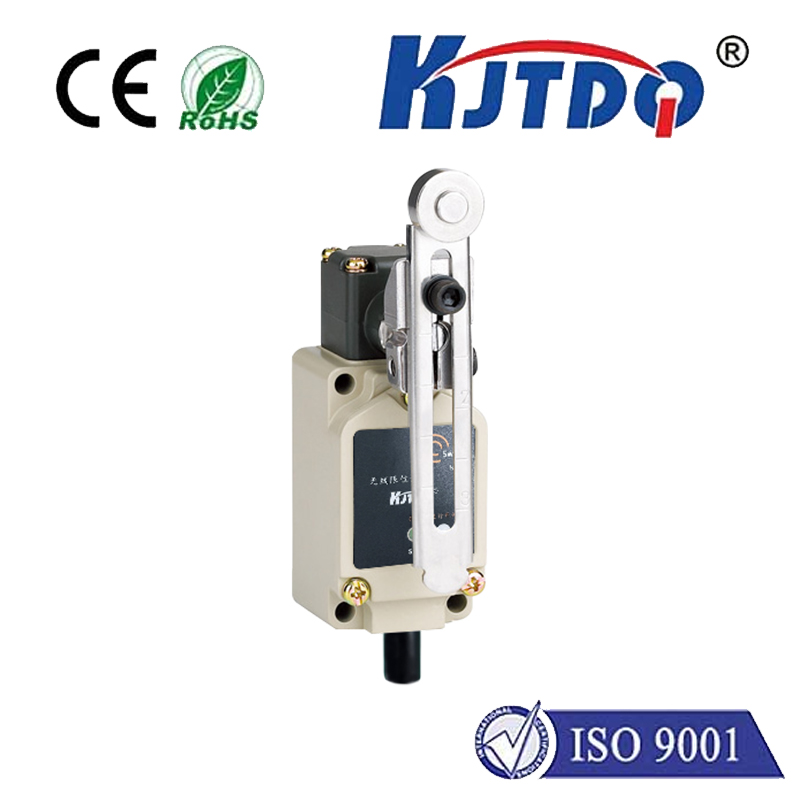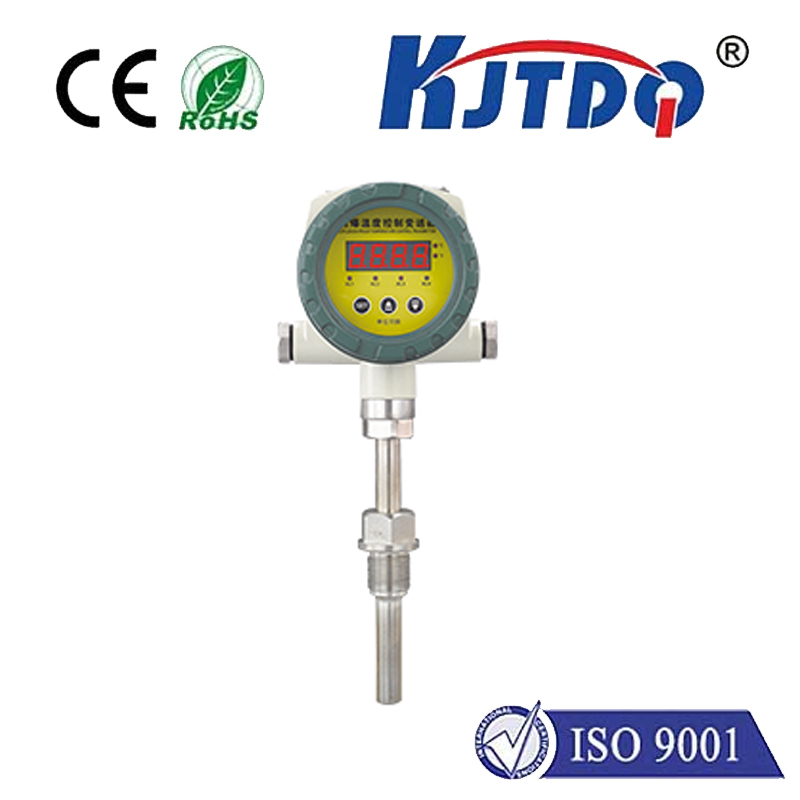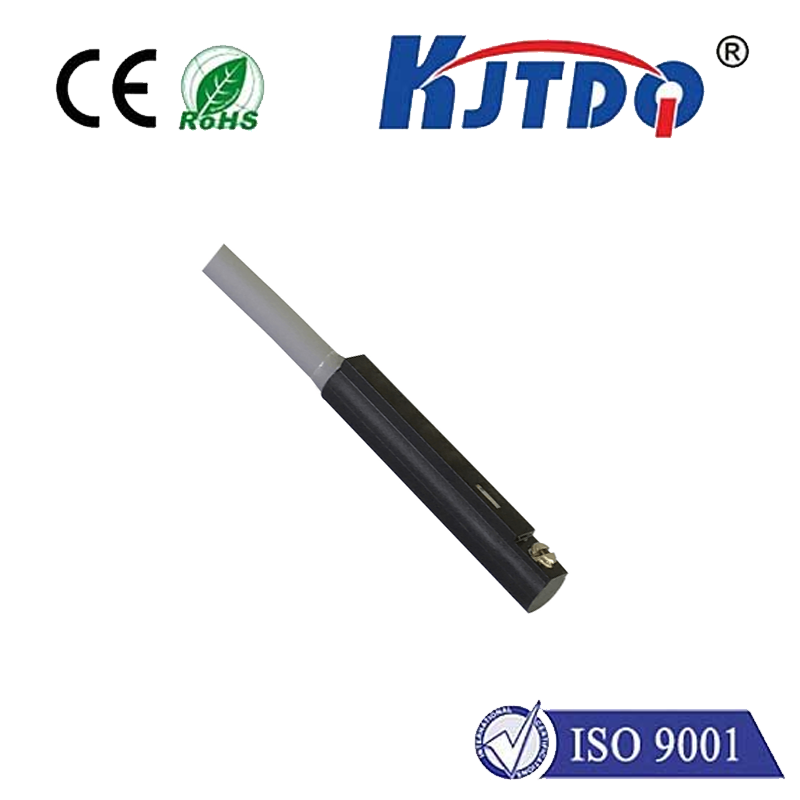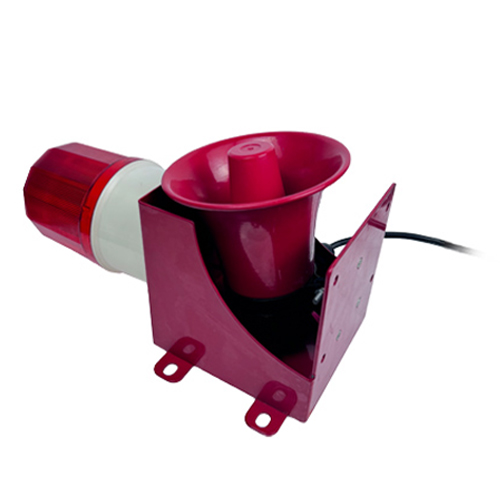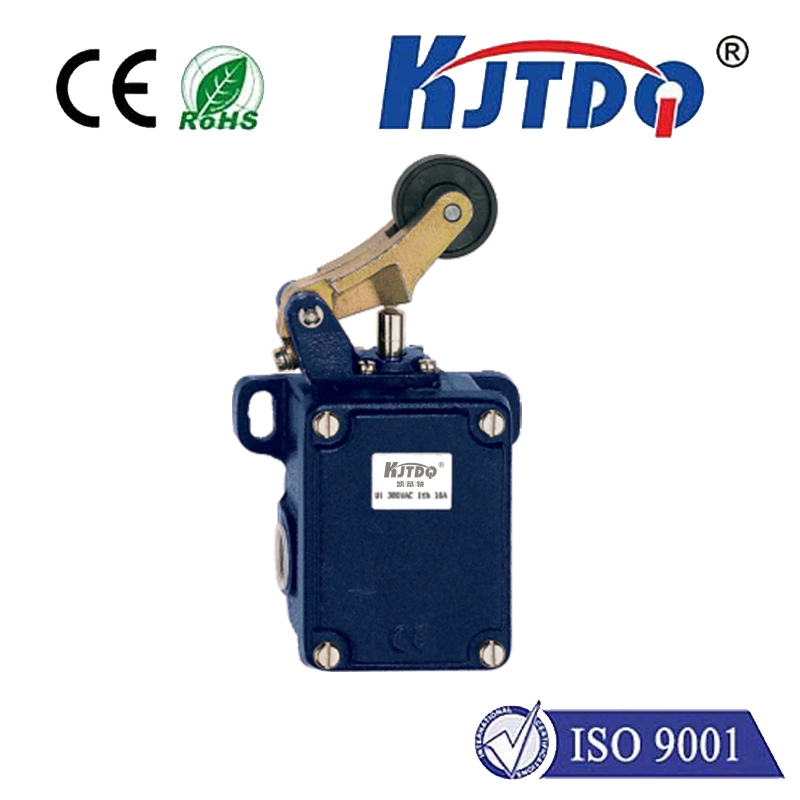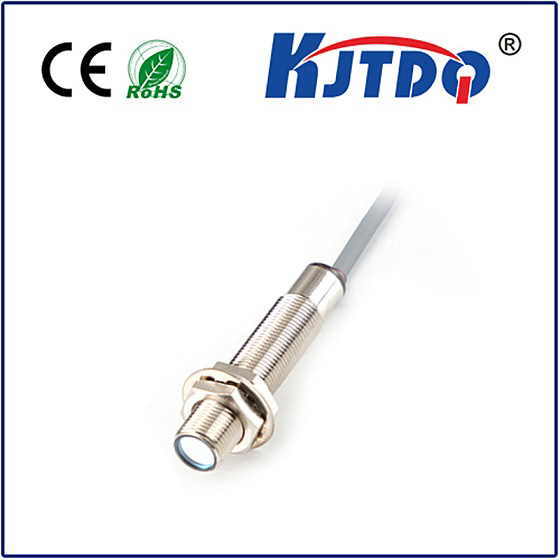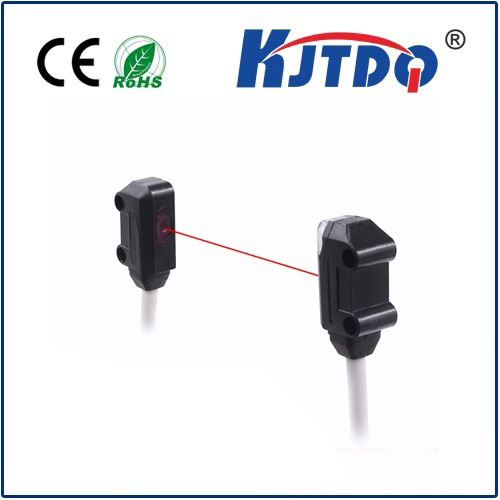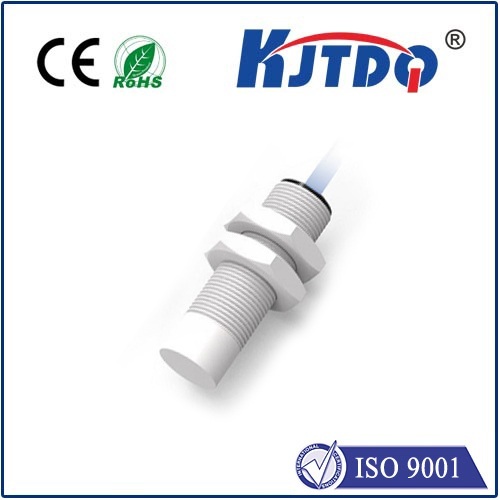

check

check

check

check

check

check

check

check

check

check
The Importance of Limit Switch Triggers in Industrial Applications
In the world of industrial machinery and equipment, limit switch triggers play a crucial role in ensuring safe and efficient operation. These small but powerful devices are designed to detect when a machine has reached its maximum or minimum operating range, triggering a response that can prevent damage, injury, or even catastrophic failure. In this article, we will explore the significance of limit switch triggers and how they contribute to the overall performance of various industrial applications.
Firstly, let's define what a limit switch trigger is. A limit switch trigger is an electromechanical device that uses physical contact to detect the presence or absence of an object within its sensing range. When an object comes into contact with the actuator on the limit switch, it activates the switch mechanism, which then sends an electrical signal to the control system. This signal can be used to initiate or terminate various processes, such as starting or stopping a motor, opening or closing a valve, or sounding an alarm.

Limit switch triggers are commonly found in manufacturing facilities, where they are used to monitor and control the movements of conveyor belts, assembly lines, robotic arms, and other automated systems. They are also essential components in elevators, cranes, and other heavy machinery where precise positioning and speed control are critical for safety and efficiency.
One of the primary benefits of using limit switch triggers is their ability to enhance operational safety. By providing accurate feedback on the position and movement of machinery components, limit switches can help prevent accidents caused by overshooting or undershooting targets. For example, if a conveyor belt is moving too fast and approaches the end of its track, a limit switch trigger can detect this and send a signal to reduce the belt's speed or stop it altogether before it crashes into anything.
Another advantage of limit switch triggers is their contribution to increased productivity and efficiency. By ensuring that machinery operates within defined parameters, limit switches can help optimize production processes and reduce downtime caused by errors or malfunctions. In addition, limit switches can be integrated with other sensors and control systems to create sophisticated automation solutions that improve overall plant performance.
Furthermore, limit switch triggers offer excellent reliability and durability. These devices are typically constructed from high-quality materials such as stainless steel or aluminum, making them resistant to corrosion, wear and tear, and extreme temperatures. They also require minimal maintenance and can operate for extended periods without failure, reducing the need for frequent replacements or repairs.
However, it is essential to choose the right type of limit switch trigger for each application. Different models may vary in terms of their sensing range, actuator style (such as roller lever, plunger, or wobble), and output signal (such as normally open or normally closed). It is crucial to consider factors such as the environment, the nature of the machinery, and the specific requirements of the application when selecting a limit switch trigger.
In conclusion, limit switch triggers play a vital role in ensuring the safe and efficient operation of industrial machinery and equipment. By providing accurate feedback on position and movement, these devices help prevent accidents, optimize production processes, and reduce downtime. With their reliability, durability, and ease of integration with other systems, limit switch triggers are an essential component of modern industrial automation solutions.
